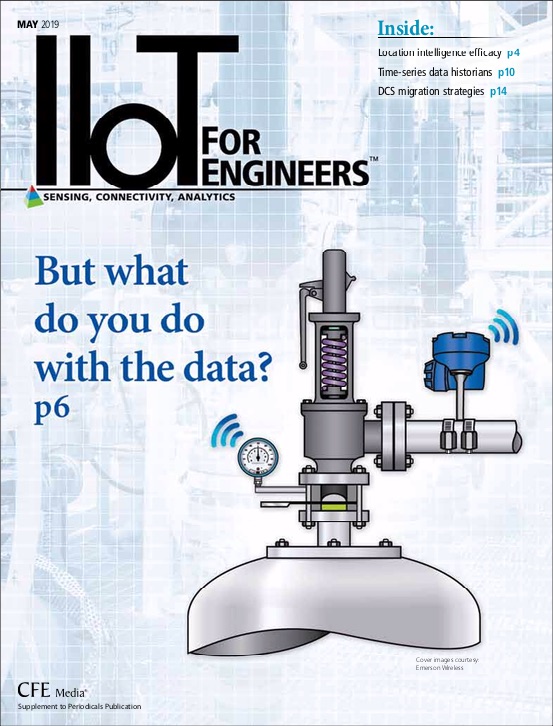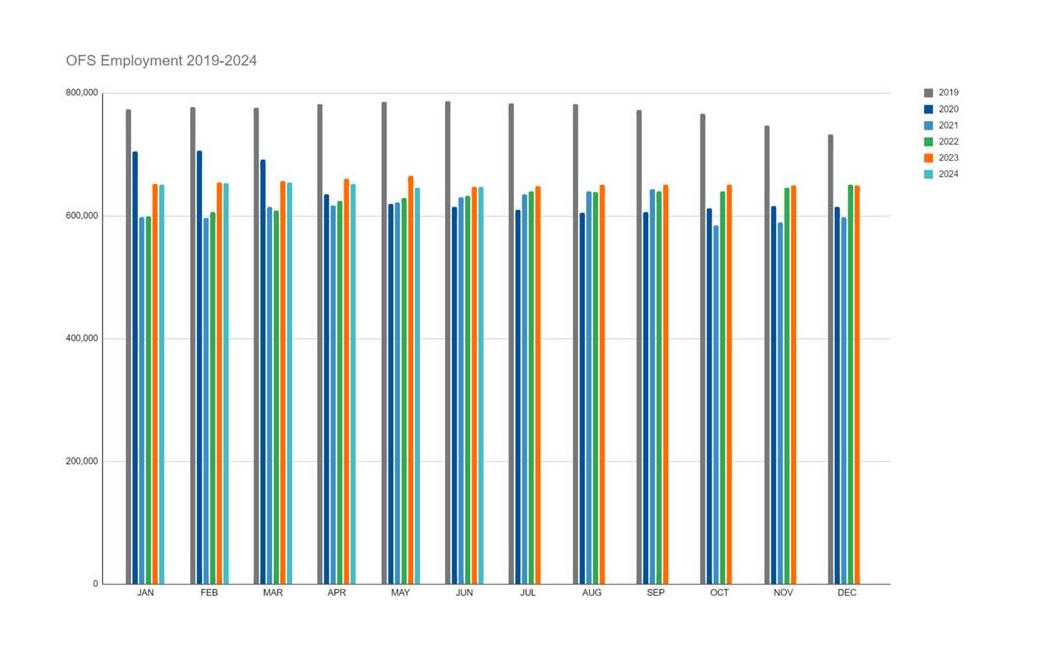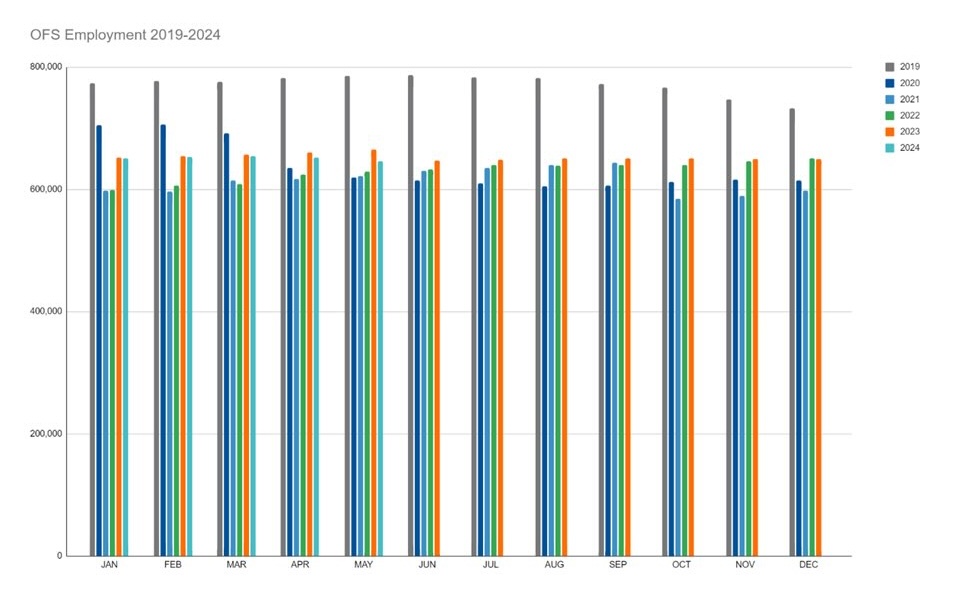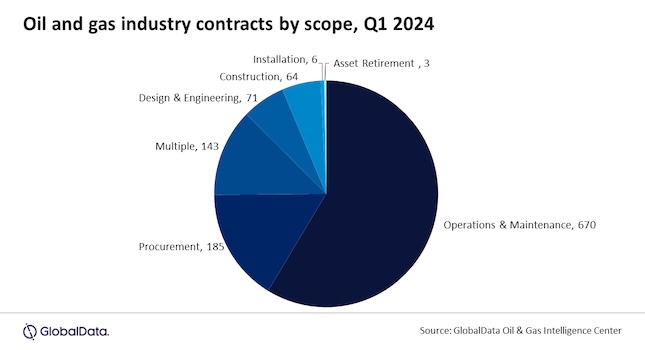Forgotten documents conceal ancient wisdom of lasting value.

In the 1980s, this editor was the manager of engineering services and quality control in the engineering department of a mid-sized maker of heat-treat furnaces and equipment. It was a good job, as for one he got to look at practically every job that came in the door.
At one point during those days, a design consultant was brought into the department to tackle a problem we had.
When a loaded basket of steel parts is heated to 1800 °F and brought out of a furnace for quenching, it’s done so by means of a chain extended through a trough under the furnace door into the heating chamber.
Understand that besides the elevated temperature, the parts are also under a nitrogen or inert gas atmosphere that keeps oxygen from ruining the desired metallurgical transformation. The sudden drop in temperature caused by quenching in oil “freezes” the metallurgical changes, which would otherwise unwind if the metal cooled slowly.
At the end of the chain extending into the heat chamber is a hook that bumps up onto the gridded tray carrying the basket of steel parts and catches fast. Only for this furnace for which we had a big order the hook wasn’t catching. That was the problem the design consultant was brought in to fix.
Unexpected discovery
Some weeks after the designer’s contract ended, a parts order came across this editor’s desk. There were two files for every furnace the company built since World War II. One was for bills of materials and routings and the other was correspondence. The files for the furnace, built in the early 1970s, that this parts order pertained to were huge. The correspondence file must have been six inches thick.
Some engineering files could read like epistolary novels or detective stories. Intrigued, this editor dove in. It turned out all the oversize drawings carefully folded and attached to the file and all the memos therein were about solving the exact same problem the consultant had been brought in to address. Unfortunately, not even the old-timers in the department remembered all the work that had been done then and there was certainly no way to systematically search for the prior instance.
This editor recently spoke with Kevin Hall, CTO and cofounder of Ripcord, who told him that these type challenges persist today.
“There are still large stores of paper documents,” Hall said. “We see it as ‘trapped data.’ These documents weren’t digitalized in the scanner era because the work still included a significant manual element that made doing so expensive and slow.”
Never again
In operation now for four years, Ripcord says it’s transforming the $25 billion records management industry through robots that scan, index and categorize paper records, making them searchable on the cloud and integrated into existing enterprise systems.
Ripcord is based in Hayward, Calif., and has raised $74.5 million from investors that include Kleiner Perkins, Google Ventures, Baidu, and Steve Wozniak, among others.
In February, the company unveiled a new generation of its digital imaging robots, which can support new types of documents like extra-long format well logs, often longer than 25 feet, that are extensively used in the oil & gas sector.
Hall cited well logs as a good example of the kind of document that may contain trapped data of considerable continuing value if it can be accessed in a timely manner.
The means by which the work is accomplished can be described as robotic in that the conversion process includes paper handling, fastener removing and digital imaging. Eighty percent of records classification can be automated, or even 90% with training from records managers.



